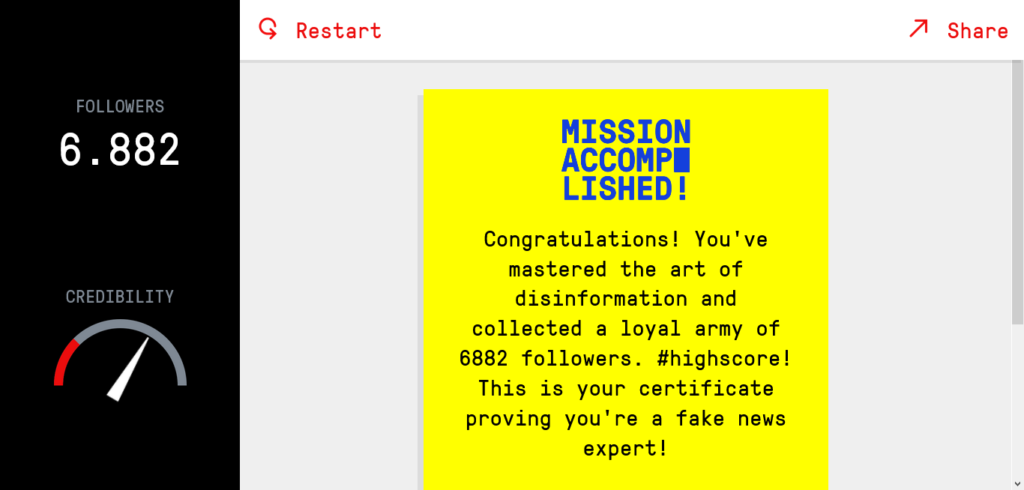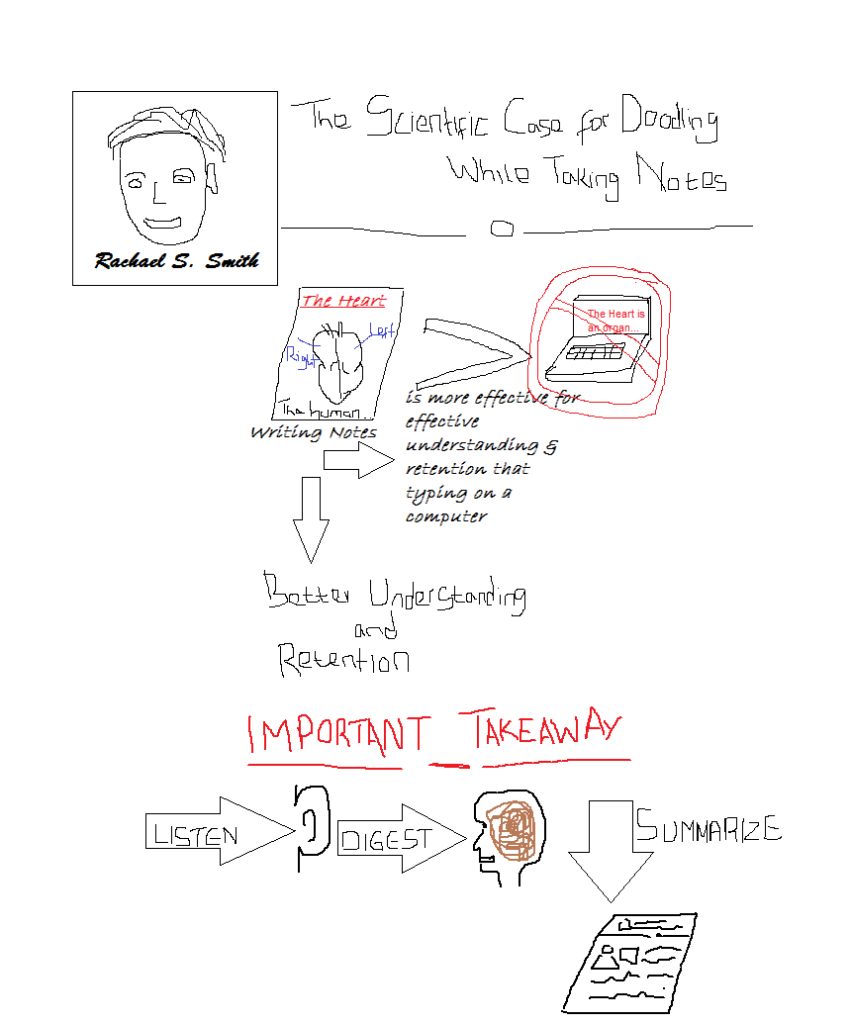Multimedia Lesson Plan: Relieve Stress
- Goal
Learners will be able to define stress and state its causes, physical symptoms and ways of relieving stress.
- Learning Objectives
By then end of the lesson, learners will be able to:
- Define stress.
- List causes of stress.
- Identify physical symptoms of stress.
- Explain ways of relieving stress.
- Prior Knowledge
- Learners will need to know the anatomy of the human body. Herein, they should be able to identify different parts and systems of the human body.
- Learners will need to be familiar with how different body parts function.
- Delivery
- Introduction: Define stress and narrate a personal story of a stressful event and its consequences.
- Text instructions
- Slide presentation
Causes of stress
- Text instructions
- Slide presentation
Physical symptoms of stress
- Text instructions
- Images
Ways to relieve stress
- Text instructions
- Animated GIF
Evaluation
- Learners will respond to questions at the end of the presentation.
Multimedia Learning Principles
This interactive video follows the modality principle which states that “people learn better from graphics and narration than from graphics and text” (Mayer, 2009). The narration explains to the learners the message conveyed by different images and animations used in the video. This further is in line with dual coding theory which indicate that we take in information via two distinct channels: visual and auditory channel. The visual channel takes in images and printed texts while the auditory channel takes in sounds. The incorporation of images and narration in this interactive video manages essential processing with the great advantage that the use of images have in the learning process. the use of images in teaching enhances student interactivity with the learning object and facilitates meaningful discussion which contributes to greater understanding. Furthermore, the use of images enable students develop visual literacy skills and to a larger extent contributes to their critical thinking skills as well as lifelong learning.
This interactive video further follows the contiguity principle which assert that “people learn better when corresponding words and pictures are presented near to each other and simultaneously”. Throughout this interactive video, I incorporated pictures and provided brief explanation next to each pictures. The pictures are relevant to the subject matter and all the text labels and descriptors are located on top of the images and are presented on the same screen. None of the pictures incorporated in this interactive video have its text labels and descriptors extending to a new window. The use of relevant images and placing of text labels next to the images reduces extraneous processing which would otherwise interfere with the learning process.
This interactive videos have largely excluded extraneous words, sounds and images. The slides are short and direct to the point. The video does not include images or music that is only meant to spice it up. Only images and relevant narration has been included in this interactive video. According to Mayer (2009), the inclusion of irrelevant images, effects and sounds only serve to divert learners’ attention and would be detrimental to the learning process. This concept is in line with the coherence principle which asserts that “people learn better when extraneous words, pictures and sounds are excluded” (Mayer, 2009). The exclusion of irrelevant images, sounds and words is meant to reduce extraneous processing which would otherwise make learning more difficult.
Redundancy principle is another principle that has widely been used in this interactive video. This principle states that people learn better from graphics and narration than from graphics, narration and printed text” (Mayer, 2009). As much as the video has used narration, graphics and text instructions as outlined in the multimedia lesson plan, each and every slide uses either narration and printed text or graphics and narration and not all at a go. This is in line with the dual coding theory which indicates that the visual channel takes in both printed texts and images; therefore, using the two on a single slide may stress cognitive load (Mayer, 2009). To promote meaningful, instructors should design learning objects that reduce cognitive load where working memory is freed for deep cognitive processing during learning. This is based on the understanding that cognitive process in working memory determines the type of information that is to be selected, the knowledge that is to be retrieved from the long-term memory and the new information that is to be transferred to the long-term memory. However, there is a limit to which new information can be processed in the working memory and thus cognitive overload emanates when the capacity of the working memory is exceeded. All these are based on the cognitive learning theory.
Reference
Mayer, R. E. (2009). Multimedia learning (2nd ed). New York: Cambridge University Press.

